Vegetables Grown In Space, Deep Exploration Next Steps?
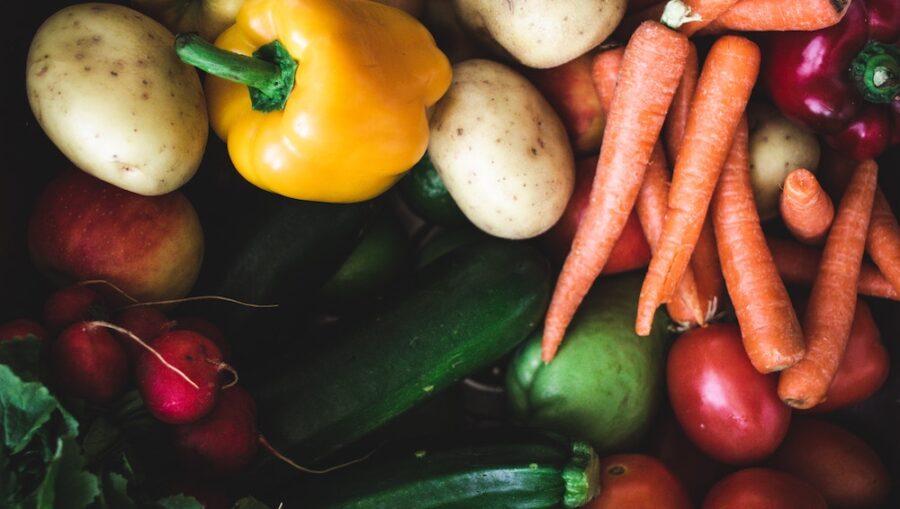
One problem that has plagued spacefarers for decades is the inability to grow fresh food while aboard long journeys through the cosmic unknown. Luckily for those with dreams of visiting far-off planets, China’s Shenzhou 16 astronauts have made great breakthroughs in this field.
Fresh Vegetables Grown In Space
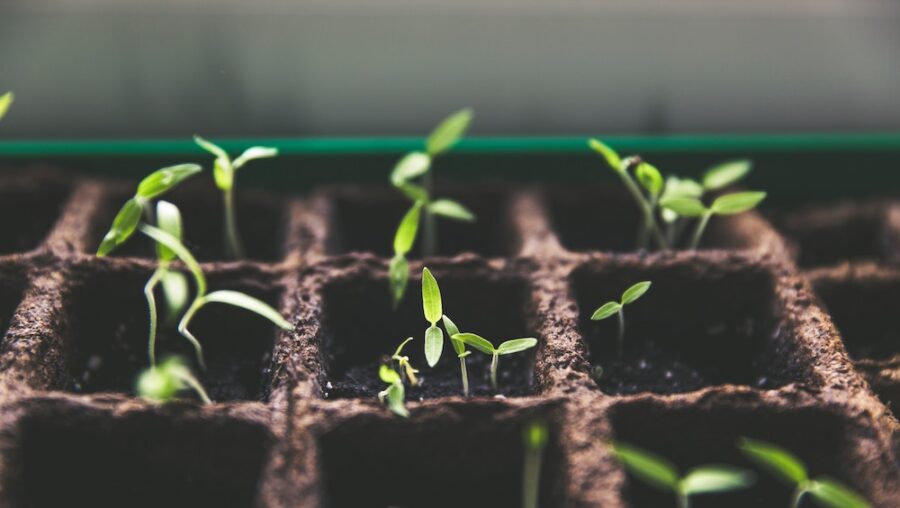
As reported by Space.com, these astronauts have conducted a series of trials aboard the Tiangong space station, which confirm that it is possible to grow fresh vegetables in outer space.
Chinese astronauts were apparently able to grow a wide variety of vegetables on board the space station, including lettuce, cherry tomatoes, green onions, and more.
Paves Way For Deep Space Exploration?
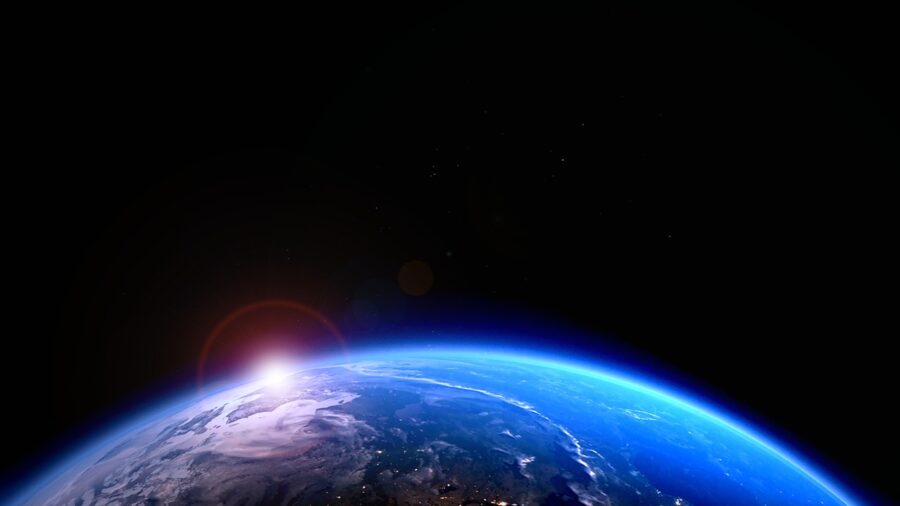
This breakthrough in science and agricultural technology seems to pave a path for deeper human-led space probes, which were previously thought impossible due to factors such as an inability to fuel long-distance treks and provide food beyond a certain shelf-life.
Luckily, scientists are also hard at work solving the fueling issue, with new discoveries of water in outer space every week.
Water can potentially be used as a solvent agent which can allow astronauts to refuel from off-planet, allowing nearby celestial bodies and satellites to function as waterlogged intergalactic gas stations.
Better Than Freeze-Dried Meals In Space
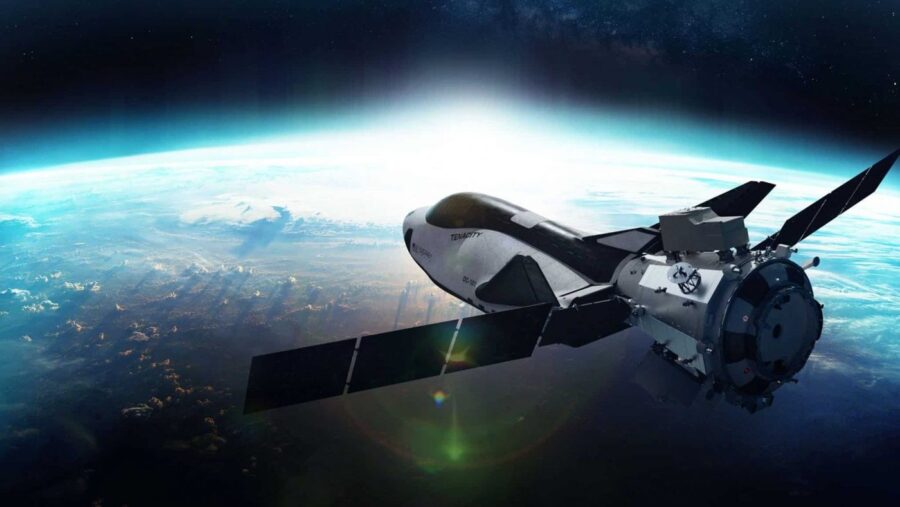
This fuel effort, in addition to vegetables grown on space vessels, could mean great strides for human space exploration in the near future.
Fresh vegetables specifically are important for long-term space travel, as opposed to freeze-dried meals and empty calories, as plants harness the ability to cycle carbon dioxide into fresh breathable oxygen, which would become a hotter and hotter commodity as you drift further from the safety of Earth.
Plant life also regenerates and purifies water molecules through a process called transpiration, allowing astronauts a seemingly endless supply of drinkable H2O.
Lettuce, Tomatoes, Onions
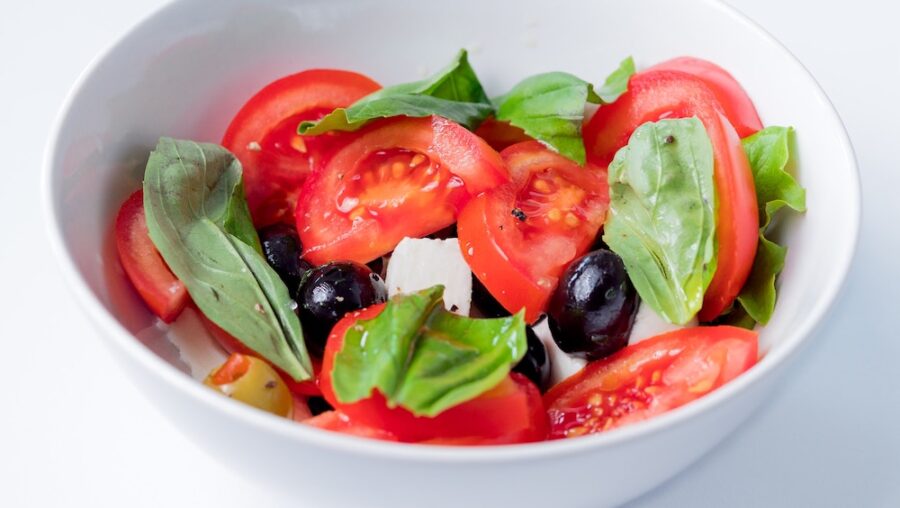
The Shenzhou 16 crew have just recently returned from their atmospheric outing, having spent May through October conducting deep-space research on board the Tiangong space station.
One such line of research saw the crew cultivating vegetables in outer space using a pair of specialized equipment sets, yielding perfectly crisp and edible lettuce, cherry tomatoes, green onions, and other viable crops.
Replicating Space Conditions
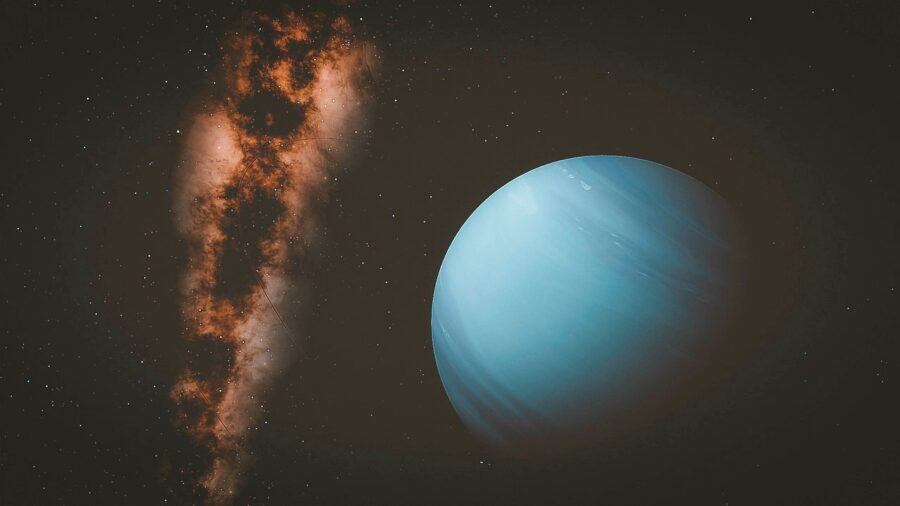
While little is known about the technical specs of this achievement, Chinese researchers have been hard at work replicating the conditions of space in training facilities on Earth for many years now, specifically to test a number of trials for this project.
Now that the team has returned to Earth, China Astronaut Research and Training Center specialists have begun carefully analyzing the vegetables grown in space, to search for any divergencies in the plants’ chemical makeup which may result in unforeseen consequences in consumption.
Off-Planet Crop Cultivation
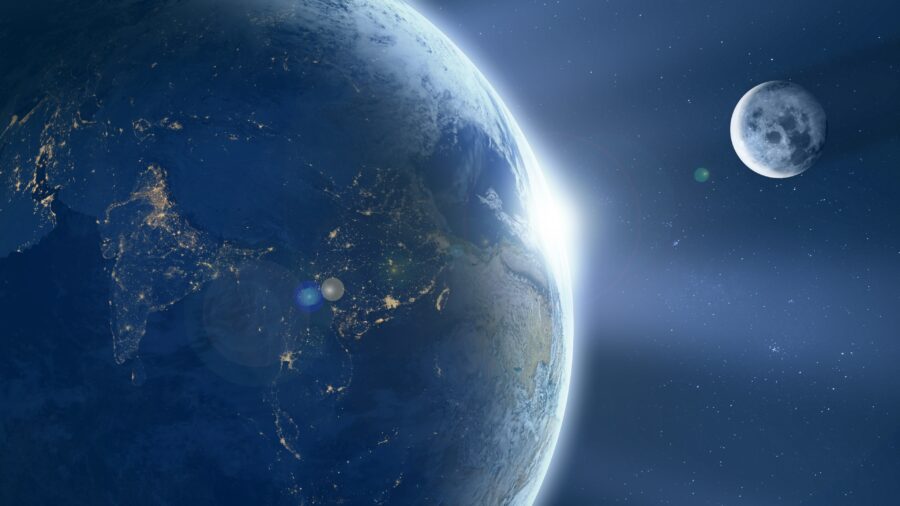
If all goes according to plan, Chinese scientists have explained that they already have plans in place to upscale this technology into large-scale off-planet crop cultivation.
With any luck, this could mean an uptick in Moon landings, as well as a first-ever manned mission to the planet Mars.
China’s government has plans to put astronauts on the moon before 2030, a feat only accomplished at this time, by the United States.
Other nations, such as India and the former Soviet Union, join China and the US on the short list of nations to place technology on the lunar satellite, though none have placed human boots on the group since astronaut Eugene Cernan stepped off the Apollo 17 in 1972.
With the arrival of vegetables grown in space, this could be a fundamental game changer for the future of interstellar exploration.












